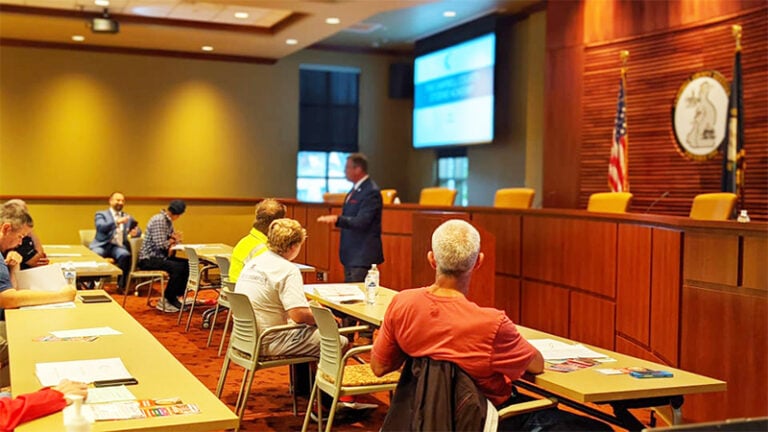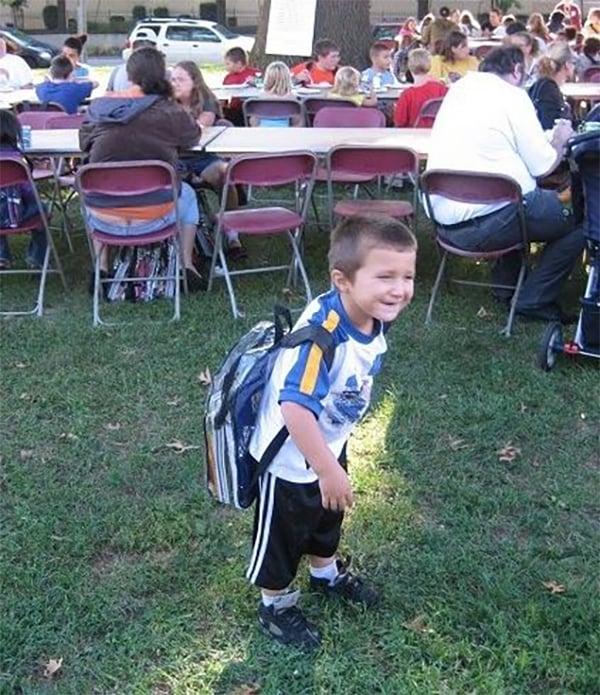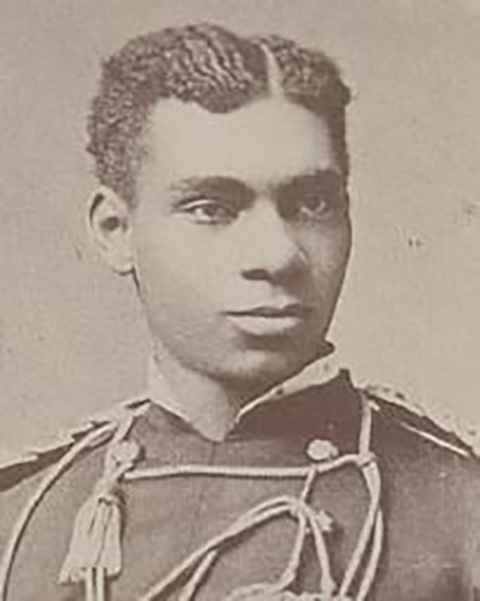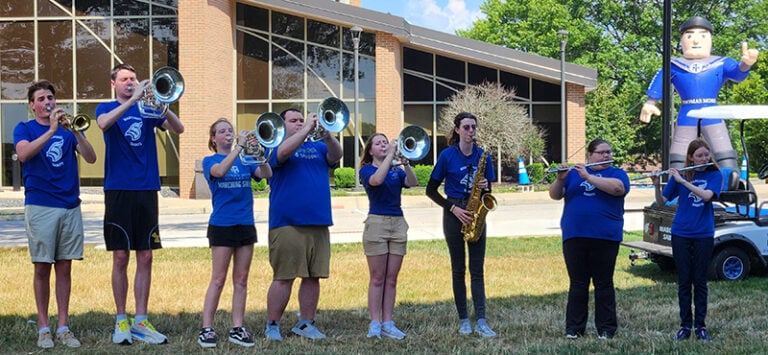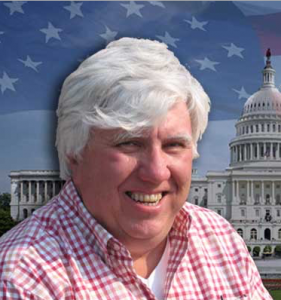By Berry Craig
NKyTribune columnist
It is hard to separate fact from folklore about the storied World War I Christmas truce of 1914.
“The most important thing to know is that it was series of truces that were not connected to each other,” said Terri Blom Crocker of Georgetown, author of Myth, Memory and the First World War: The Christmas Truce, which the University Press of Kentucky published in 2015.
There are many accounts of the impromptu Yuletide ceasefire, which happened spontaneously at different places along the bloody Western front in northern France and Belgium.
German, British and French brass neither authorized nor approved the truce. But there were no mass punishments on either side, according to Crocker, a traveling Kentucky Humanities Council speaker whose program is titled “The Christmas Truce: A Day of Peace in the Midst of War.”

Crocker said as many as 100,000 soldiers climbed out of their cheerless trenches and fraternized in no-man’s land between the lines. They sang carols, smoked, ate pastries and drank wine together. Some exchanged small gifts, according to war correspondents and soldiers themselves.
But the impromptu German-British football–soccer–games were the big stories. How many matches were played is unclear, Crocker said, but she suspects there were a few.
“Most of the time when soldiers wrote in their letters about the football matches, they said they heard somebody else had one. It was mostly rumor and gossip.”
Crocker said the truce mainly was confined to no-man’s land, terrain hardly suited for soccer. The muddy ground was heaved up, pocked with shell holes, tangled with barbed wire and strewn with the detritus of war, including human remains.
Nonetheless, a monument near Ploegsteert-St. Yvon, Belgium, commemorates a no-man’s land contest that pitted Germans against kilted Scots.
“Saxon troops played their British counterparts on the slender strip of soil dividing the two armies,” says an official Belgian Tourist Office Internet website.
The roadside monument features a regulation-size soccer ball, made of metal. The rusty sphere perches on the bottom of a large, rusty, upright shell fragment whose point is stuck into a marble slab.
To commemorate the centennial of the game, government and football officials ceremoniously unveiled the memorial during the 2014 Christmas season. The festivities included World War I re-enactors in authentically reproduced German and British uniforms restaging the match.
As of last summer, multi-hued soccer team jerseys and scarves were wrapped around the monument. More jerseys, scarves and soccer balls were piled inside a wooden frame in front of the memorial.
Outside the tourist office and museum in nearby Messen stand life size black metal statues of a German and a British soldier reaching over to shake hands. A soccer ball is on the memorial’s base between them.
The game close to Ploegsteert—-“Plugstreet” to the British–was “one that caught the world’s imagination – partly thanks to its position at the epicentre of the fighting, and partly due to the multiple surviving written accounts,” Jonathan Thompson wrote in the London Telegraph of July 4, 2014.
The fighting around “Plugstreet” was part of the massive battle of Ypres, actually a series of savage clashes around the Flanders city the British dubbed “Wipers.” Combat lasted off and on from October, 1914, to October, 1918, a month before the war ended.
The soccer game was less than regulation. “The official history of Germany’s 133rd Saxon Regiment describes ‘caps casually laid down as goals’ and Teutonic astonishment that Scottish players were wearing nothing under their kilts,” according to Thompson, a freelance travel writer.
The Germans won 3-2, “after the football struck a piece of barbed wire,” he also wrote. “But even that did little to deflate the festive spirit, fueled by the exchange of British bully beef and rum for German sausages and cognac. Belt buckles, badges and buttons followed suit, along with prolific high-jinks.”
A German barber gave free haircuts to British soldiers “while one of his comrades strutted about in a blouse, skirt and top hat taken from an abandoned Belgian home nearby. One British officer wrote to his wife that a further truce had been fixed for New Year’s Day as ‘the Germans want to see how the photos come out’.”
Apparently, the Jan. 1 truce didn’t happen.
Crocker conceded that the Yule ceasefire might seem strange from a 21st-century perspective. After all, both sides soon returned to slaughtering each other.
But she said her research revealed that the truce was not particularly remarkable to the soldiers in the trenches.
The war was only four months old. She said that most German and British troops were professionals. Civilian volunteers, draftees and hate for the enemy would come later.
“They didn’t have any particular animosity toward the other side and were out there to do a job,” Crocker said. “They decided to have a truce because it was Christmas and then went back to fighting.”
Nonetheless, historian Gerard DeGroot, sees the ceasefire differently. “The truce was, first and foremost, an act of rebellion against authority,” he wrote in the Dec. 24, 2014, Telegraph.
Fraternization among enlisted men, though frowned upon by officers, naturally led to football, added DeGroot, a professor at the University of St. Andrews in Scotland and author of “Back in Blighty”: The British at Home in World War I.
He said the 3-2 score “echoes through the accounts,” though “in truth, it matters not if a match ending 3-2 actually occurred, since myths are often more powerful than facts.”
If only briefly, he also wrote, “football provided a ritual of commonality, a reminder to the British and Germans that what they shared was more important than what divided them. It was fitting that it should be so, since football was the common man’s game, a shared culture every nation could understand …. For one glorious hour, a football match in no man’s land offered an opportunity for these faceless soldiers to assert themselves, to kick back at the monster.”
While a football game “rudely exposed the contrived nature of wartime animosity,” not all common soldiers went along with the truce, DeGroot wrote.
He cited an Austrian-born German corporal in the lines near Ypres who declared that fraternizing “should not be allowed.”
The soldier’s name was Adolf Hitler.
Crocker disagrees with DeGroot’s argument that the ceasefire mainly represented rebelliousness in the ranks.
“The Christmas truce, shorn of its mythology, is impossible to categorize simply, yet even those who challenge the conventional narrative of the war can’t seem to resist the conventional narrative of the truce,” she wrote in her book.
“The myth of the 1914 armistice is based on the belief that the soldiers who took part in it shared our modern sensibilities, hated war as we hate war, and rebelled against that futile conflict as we are certain we would have rebelled against it. The truce resonates with us today because we have long since decided where our sympathies lie, which is with the poets who represented the soldiers in the trenches and who captured their plight in such vivid language.
“As a result, the story of what really happened during the two weeks that started on Christmas Eve 1914 and finally ended about 10 January 1915 rarely quotes from the letters and diaries of the men involved, but relies instead on postwar memories that reinforce what we already believe. Christmas was celebrated in the trenches on 25 December 1914 as a sentimental rather than a religious holiday, and the widespread but not universal cease-fires and fraternizations were entered into in that spirit by a largely professional army composed of men who supported the war that they were fighting.”
Concluded Crocker: “To comprehend that viewpoint, it is necessary to reject much of what we now believe about the First World War, but to continue to impose a narrative on the truce that is contradicted by the accounts written home by those who took part in it does a disservice to the very soldiers whom we now view as victimized. They did not see themselves in that way, and imputing to them a consciousness that thoroughly misrepresents their perception of the conflict does not help us understand either the war or the truce.”
Berry Craig of Mayfield is a professor emeritus of history from West Kentucky Community and Technical College in Paducah and the author of six books on Kentucky history, including True Tales of Old-Time Kentucky Politics: Bombast, Bourbon and Burgoo, Kentucky Confederates: Secession, Civil War, and the Jackson Purchase, and, with Dieter Ullrich, Unconditional Unionist: The Hazardous Life of Lucian Anderson, Kentucky Congressman. Reach him at bcraig8960@gmail.com









